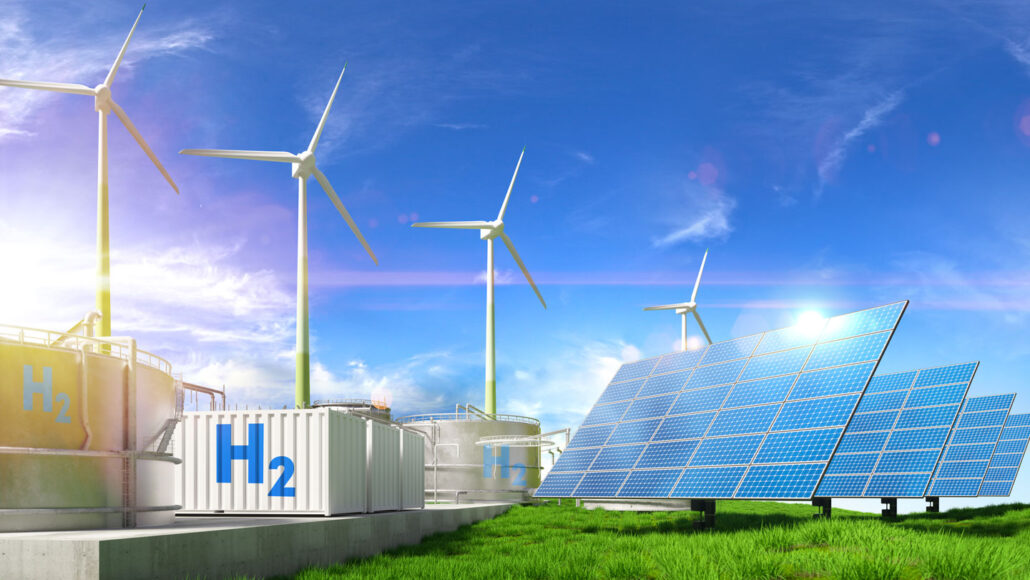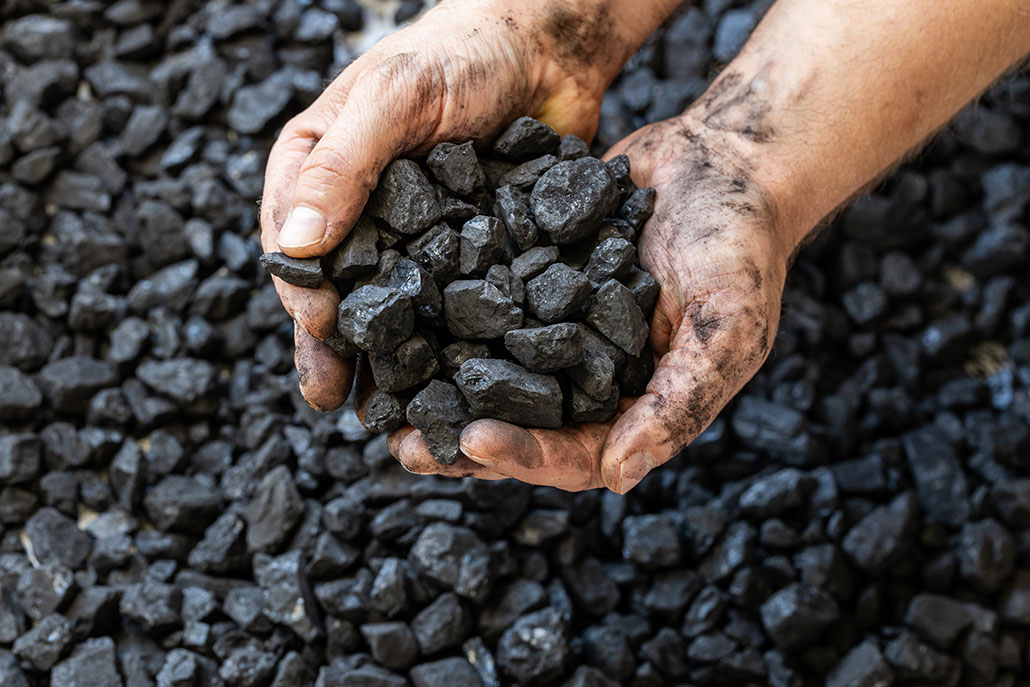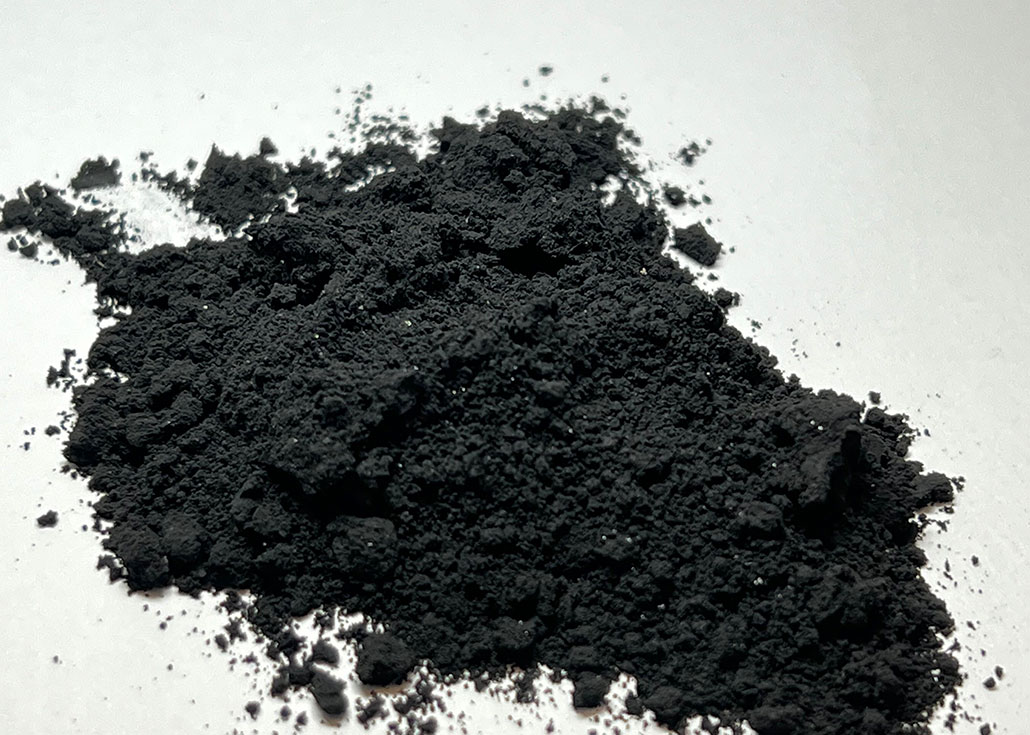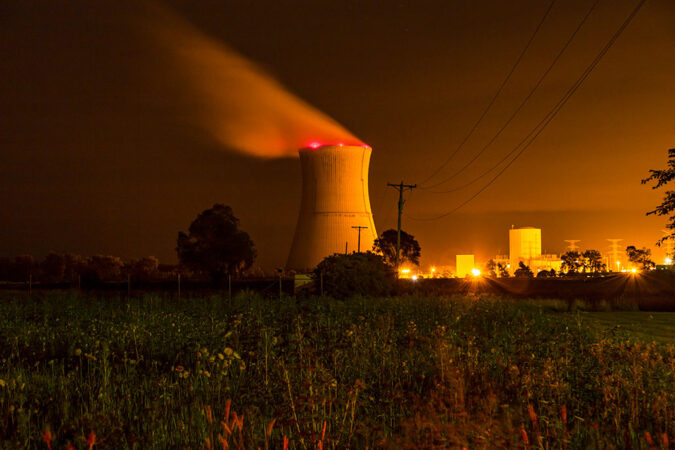Explainer: The hydrogen rainbow
Different ‘colors’ refer to how this source of power has been made

How does “green” hydrogen differ from the black, pink, yellow and other types? It’s all in how it’s made — meaning how clean those processes were.
Andriy Onufriyenko/Moment/Getty Images
Hydrogen gas has no color. Yet promoters of hydrogen power tend to use a rainbow of colors to describe it. Those hues are not just a pretty way to think about the clean-burning source of power. They point to where the hydrogen came from.
Each color highlights a different process used to strip atoms of this element from other molecules. That’s how companies get hydrogen in its pure form — or H2. Industries already use H2 to make things. H2 is an important power source, too.
Regardless of its color, all H2 works the same way. But in terms of whether it’s a cleaner substitute for other fuels, the color of H2 makes all the difference.
Here’s a breakdown of the hydrogen rainbow so you’ll be in the know.
Black or brown hydrogen comes from coal, which is a fossil fuel. The first step to get that H2 is gasification (see video below). That process uses high heat, oxygen and steam to trigger chemical reactions. Those reactions make a mix of carbon monoxide (CO) and H2, along with some carbon dioxide (CO2).
Next, steam reacts with the gas mix. That yields more H2 and more CO2.
The process used to make black hydrogen spews CO2 into the air. CO2 is a major climate-warming gas.

Gray hydrogen generally comes from natural gas. Natural gas is a fossil fuel that’s almost entirely methane. Each molecule of methane (CH4) has one carbon atom and four hydrogen atoms.
Bringing that methane together with a catalyst in the presence of steam and high pressure creates H2. This steam reforming process also releases CO and a little CO2. The released CO further reacts with water in this environment. That makes even more H2 and CO2.
Steam reforming also can produce H2 from petroleum-based fuels, such as propane, ethanol, gasoline or even diesel fuel.
Right now, the CO2 created in making gray hydrogen goes into the air. That can add to climate change. Making the steam used here also requires adding a lot of heat. Energy for that often comes from burning fossil fuels.

Educators and Parents, Sign Up for The Cheat Sheet
Weekly updates to help you use Science News Explores in the learning environment
Thank you for signing up!
There was a problem signing you up.
Blue hydrogen comes from fossil fuels, too. But added steps capture the waste CO2 before it goes into the air. Then “you can compress the CO2 and you can pump it into an oil or gas reservoir,” notes Mijndert van der Spek. In this way, he says, “you avoid the emission of the CO2.” An energy-systems engineer, van der Spek works at Heriot Watt University in Edinburgh, Scotland.
He’s part of a team that has analyzed pollution from making blue hydrogen. This power source can come close to being as clean as H2 made with renewable energy, the team found. But, they add, that’s only true where the efficiency of CO2-trapping is very high. Along the way, there also must be almost no leaking of any methane, itself a climate-warming gas.
The team shared its findings last year in Sustainable Energy Fuels.
One problem: CO2-capture and storage hasn’t yet been proven over the long-term or on a big scale. So whether it can be done reliably and affordably is a big if, says Grant Goodrich. He heads the Great Lakes Energy Institute at Case Western Reserve University. It’s in Cleveland, Ohio.
Also, it takes energy to run any plant that makes H2. Systems to trap and store CO2 would use energy, too. For blue H2, that energy would likely come from methane. Even if H2 from the plant fueled further H2 production, running the plant would still boost methane use.
In some cases, the oil and gas industry could make more profit from blue hydrogen than it would from just selling the natural gas used to make blue H2, says Robert Howarth in Ithaca, N.Y. He works at Cornell University as an Earth-systems scientist and ecologist.
More methane use could also mean more leaks from the system that supplies it, he figures. And the U.S. Environmental Protection Agency points out that methane is a more potent greenhouse gas than CO2, at least in the short term.
All told, blue hydrogen might emit only 9 to 12 percent fewer greenhouse gases than gray hydrogen. Howarth and a colleague made that estimate in a 2021 study in Energy Science & Engineering. If true, blue hydrogen might not be so “green” after all.


Turquoise hydrogen also comes from natural gas. But this H2 is split from methane’s carbon atoms in a different way. It’s known as pyrolysis. Here, high heat breaks down methane into H2 and solid carbon. The solid carbon would not go into the air. So it would not add to global warming. And the carbon could be used for other things, like making tires or parking lots.
Pyrolysis can be done in an industrial setting as natural gas comes into a facility. So it wouldn’t need new pipelines, says Mack Hopen. He’s at Modern Hydrogen in Bothell, Wash. There, he works to get turquoise hydrogen into commercial markets.
However, there would still be some methane leaks from getting methane to an industrial plant. And the process still is costly. But some say the technology could act as a bridge from fossil fuels to a H2 economy. A team at the Max Planck Institute in Mülheim, Germany, shared that view in 2021.

Green hydrogen comes from splitting water with electricity made from renewable energy. In most cases, that would be wind power or solar energy. H2 made with solar energy is sometimes also called yellow hydrogen.
Such renewable sources make electricity when there’s wind or sunlight. Using them to make H2 provides a way other than batteries to store excess energy from renewables.
Sources of renewable energy do not emit greenhouse gases as they make heat or electricity. So using them to make H2 would not further warm the climate. Oxygen from the process could also be sold as a product.
Researchers at Deloitte, a consulting firm, estimate the emerging market for green hydrogen will grow to $1.4 trillion per year by 2050. Their report came out this past June.
Researchers at another data-analysis company, Aranca, also see a growing market for green hydrogen. Its website has an online hub for tracking green-hydrogen projects around the world.
Varun Borkar works on sustainability and technology issues at Aranca in Mumbai, India. Right now, blue hydrogen costs less. But he sees more growth happening for green hydrogen. “Green hydrogen appears to be the one that is going to take the crown,” he says. One reason, he says, is that green hydrogen projects can more easily be sized to meet different needs.
Yet hurdles remain. “A lot of renewable energy is needed to produce green hydrogen,” Borkar says. And today, he observes, green hydrogen is “really expensive.”

Pink or purple hydrogen also comes from splitting water molecules. Energy for that work comes from nuclear power. Work is underway to do this at several U.S. power plants.
By making pink hydrogen, nuclear-power plants would have a new product to sell (in addition to electricity), explains Tyler Westover. He works on H2 and nuclear engineering at the U.S. Energy Department’s Idaho National Laboratory. It’s in Idaho Falls. By making H2, a nuclear plant can provide a type of power for use where electricity is not practical or even preferred.
In some cases, the process uses some electricity made at the power plant. That electricity then powers electrolysis, a way to split water into oxygen and H2. A nuclear-power plant in Oswego, N.Y., started doing this in March 2023, the U.S. Department of Energy reports.
Pink hydrogen might also be made using hot steam. It’s a byproduct of cooling a nuclear reactor. A catalyst would help split the water molecules. “But it’s the heat that does the work,” Westover notes.
With this method, “the heat can be used and not dumped,” Westover says. And the power plant could still sell almost all of its electricity. One company has plans to build such a plant, he notes. Whether it moves ahead will depend on whether the plant can make a profit.







